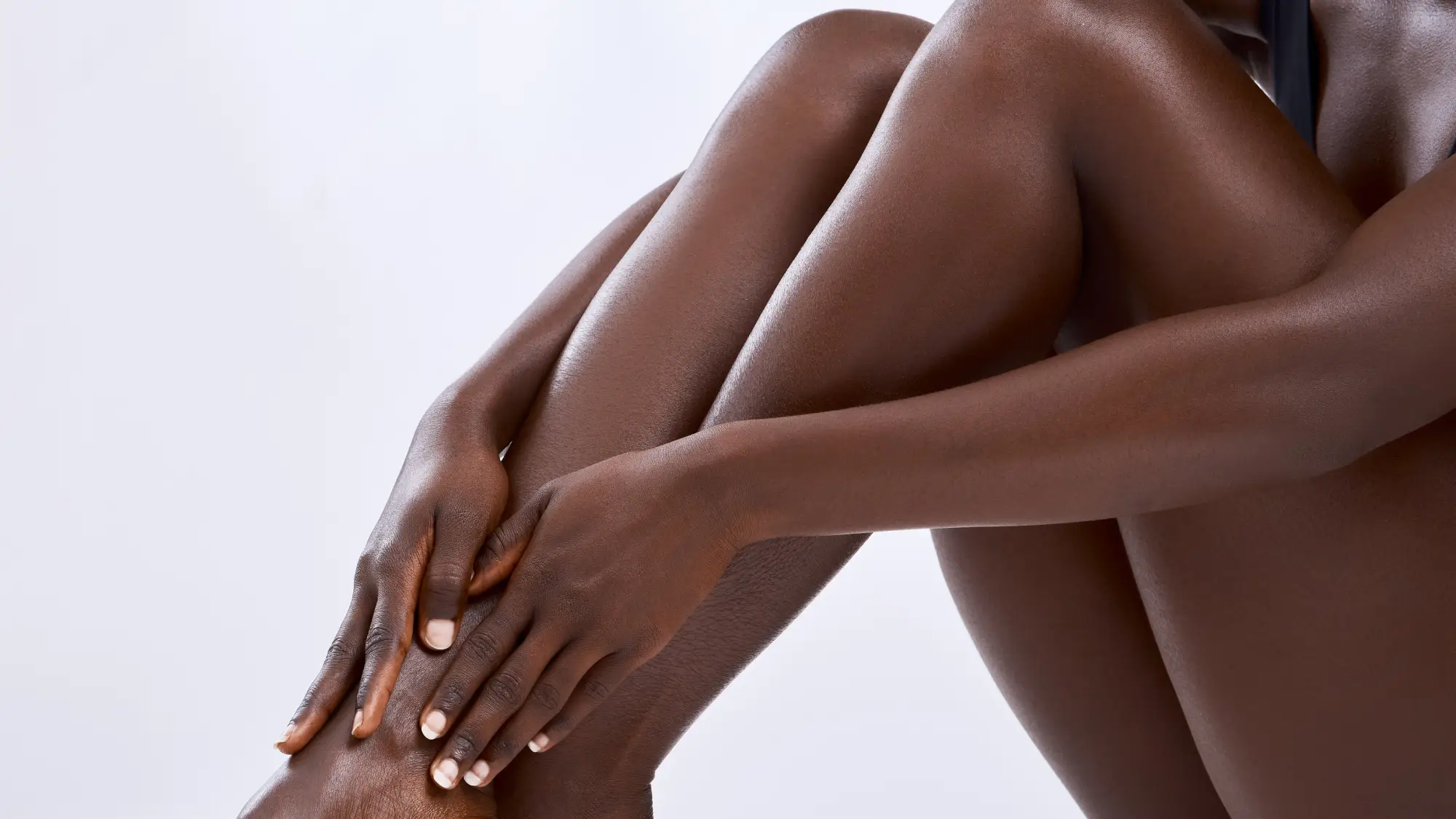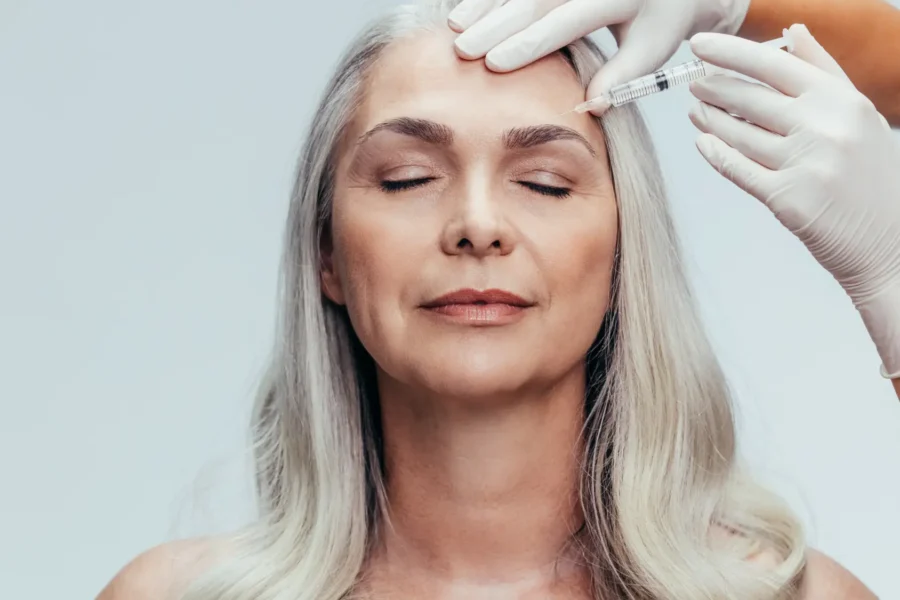In today’s wonderfully diverse world, the field of plastic surgery has evolved significantly, moving beyond rigid, one-size-fits-all standards of beauty. A crucial development in this evolution is the practice of “ethnic-sensitive aesthetics.” This means tailoring procedures to honor and enhance an individual’s unique heritage, distinct bone structure, and natural features, rather than attempting to erase them or impose a generalized ideal.
The Importance of Ethnic-Sensitive Plastic Surgery
The human face and body exhibit remarkable diversity across different ethnic backgrounds. Recognizing and respecting these distinctions is paramount for achieving beautiful, natural, and culturally appropriate results.
- Distinct Anatomical Features: Every ethnicity often has distinct bone structure, skin type, and facial proportions. For example, nasal bridges, eyelid folds, jawline contours, and skin thickness can vary significantly.
- Avoiding Unwanted or Unnatural Results: Procedures must be adapted to avoid unwanted or unnatural results that could diminish a patient’s ethnic identity. Ignoring these unique characteristics can lead to an operated, generic, or even “foreign” appearance.
- Respecting Cultural Beauty Ideals: Cultural beauty ideals vary widely around the globe and deserve respect within aesthetic practice. What is considered beautiful in one culture may not be in another, and a skilled surgeon understands these nuances.
- Minimizing Complications: Proper training and experience in ethnic skin types help avoid complications like scarring (e.g., keloids), hyperpigmentation, or hypopigmentation (changes in skin color), which can be more prevalent in certain skin tones.
Examples of Ethnic-Sensitive Approaches in Practice
This specialized approach is evident across various procedures:
- Rhinoplasty (Nose Reshaping): Instead of aiming for a narrow, upturned nose that might not suit an individual’s ethnic background, techniques are designed for wider nasal bridges, thicker skin, or different tip cartilage structures, preserving ethnic integrity while achieving desired refinement.
- Eyelid Surgery (Blepharoplasty): For Asian eyelids, surgery can respect the natural crease or monolid shape, enhancing the eyes without westernizing them. For other ethnicities, addressing puffiness or sagging may involve different fat repositioning or skin removal techniques.
- Skin Treatments: Laser therapies, chemical peels, and microneedling are customized for pigmentation variations and healing tendencies common in diverse skin types to ensure safety and efficacy, preventing discoloration.
- Facial Contouring: Approaches to jawline, cheek, or chin augmentation consider the unique bone structure and soft tissue distribution common within various ethnic groups, aiming for balance that aligns with their inherent features.
Choosing a Surgeon Skilled in Ethnic-Sensitive Aesthetics
The success of ethnic-sensitive plastic surgery hinges on selecting the right surgeon. Choosing a surgeon skilled in ethnic-sensitive aesthetics means you get results that highlight your identity, not diminish it.
During your consultation, always ask about a surgeon’s experience with patients of your ethnicity. Request to see before-and-after photos of patients with similar features and ethnic backgrounds to yours. This allows you to gauge their understanding and artistry in working with diverse anatomies. A truly ethical and skilled surgeon will prioritize preserving your unique ethnic identity while enhancing your natural beauty in a respectful and harmonious way.



